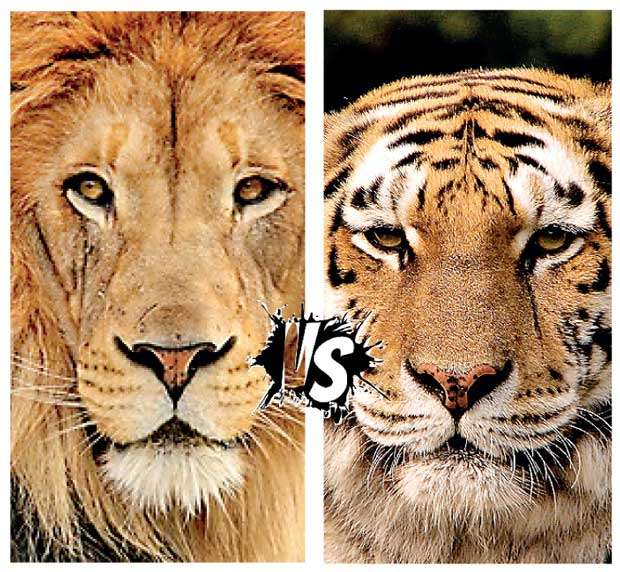Reply To:
Name - Reply Comment

./It is a fact that as in Sri Lanka the symbol of the lion has been playing an important role in India as well. The sculpture of four Asiatic lions standing back to back or the Lion Capital of Ashoka was declared the official emblem of independent India.
The carving had been originally placed on an Ashokan pillar around 250 BC in the Northern Buddhist city of Sarnath and therefore the national emblem is today known as Lion Capital of Ashoka of Sarnath.
Interestingly it was the lion, and not the tiger as it is in today, that was originally made the national Animal of India after independence. However, under Indira Gandhi in 1972, the lion lost its place to Bengal Tiger. The key reason behind the decision was the global attention on the dwindling tiger population of India, which even today is the home to 70 per cent of the world wild tiger population.
By 1972 the tiger population which stood at around 40, 000 at the turn of the 20th century had dropped to a mere 1,827. The year after adopting Tiger as the national animal Gandhi launched ‘Project Tiger’, an ambitious conservation plan to protect this engendered beautiful cat. Thanks to that project today India is home to about 4,000 tigers spread over sixteen states. Bengali Tiger is also the national animal of Bangladesh where around 400 Bengali tigers have survived. Conservationists believe that there are around a hundred Bengali Tigers each in Bhutan and Nepal as well.
All was well until 2015
In 2015 a proposal was made in Rajya Sabha to revert to the lion as the national animal in view of drawing attention to the extreme challenges faced by country’s lion population. Gir National Park in Prime Minister Narendra Modi’s home State Gujarat is the only home for the heavily endangered Asian Lions. The park has about 600 lions today.
Though the lion population is more endangered than Tigers, the conservationists, however, launched a strong attack against the move on the premise that it would only scuttle the ongoing projects to protect Bengali tigers.
They charged that the proposal to replace tiger with lion had been made by those who were eyeing tiger sanctuary lands for industrial purposes. The debate snowballed into a political dispute with pro-Tiger lobbyists arguing that while Tigers deserve the national animal slot with its population spread over sixteen States, lions can only be found in PM Modi’s Gujarat.
The lions in Gir National Park are today faced with numerous challenges and key among them is the drastic drop in the level of immunity.
This has been attributed to inbreeding with almost all 600 lions living in an area of 258 square km. Moves by conservationists to shift some of the Gir Lions to Madhya Pradesh and elsewhere to address the plaguing issues had been met with stiff resistance from consecutive Gujarat State Governments despite even Supreme Court orders.
Gujarat leaders have been maintaining that Gir lion had been the pride of Gujarat and they would not let anyone take away the pride.
The move to replace the tiger with the lion as national animal meanwhile has died a natural death in the din of the protests by Tiger lovers.